From conception to completion, Never Alone has taken more than two and a half years to come together. Along for the ride were developers, artists, writers, and many others who helped grow Never Alone from an idea into a game that’s launching this November.
In this interview, we’ll speak with Dima Veryovka, the Art Director for Never Alone. Dima’s artistic vision for Never Alone has helped produce an amazingly beautiful game that stays true to the source material.
Can you tell us a little bit about yourself? How long have you been in the game industry? What path did you take to get here?
For more than fourteen years, now, I have been creating games, of many different genres, for various gaming platforms.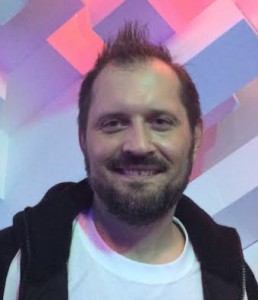
I grew up in a family of artists, in the beautiful city of Odessa, Ukraine, located on the shore of the Black Sea. Throughout my childhood I spent a lot of time in my dad’s art studio helping him with various projects, and learning how to sculpt, carve stone and work with many other materials. By the age of sixteen I had already participated in several art shows and started seriously considering a career as an artist.
I graduated from the St.Petersburg Academy of Arts (Russia), where I earned a Master’s Degree in Fine Arts and Architectural design.
After graduation, I began working as a toy designer, sculpting toys and characters for clients like Disney, Hasbro, Mattel and many others. Shortly after, I launched my career in interactive entertainment where I was a key member of the design and development team of the SOCOM series, MAG and Unit 13. Twelve years later, I joined the E-line Media team in Seattle, as the Studio Art Director.
How did you end up working on Never Alone? Can you tell us a little more about your role on the team?
One day, roughly two years ago, I found out that E-Line Media had plans to open a new studio in Seattle, and that they were looking for an art director for their 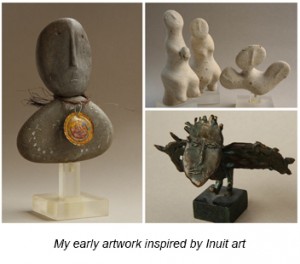 upcoming project. Intrigued, I contacted Sean Vesce, the Creative Director. Upon meeting him and learning more about E-Line, I was shocked to hear that their first game was to be based on Alaskan Native culture and mythology. I was immediately excited. I told Sean that this is something that I would absolutely love to be a part of, because I love Inuit art and had studied indigenous culture at school, including that of the people from the Arctic Circle. Additionally, much of my early artwork, including stone and bronze sculptures, was highly influenced by Inuit art and mythology. When I was offered the position, I took it in a heartbeat.
upcoming project. Intrigued, I contacted Sean Vesce, the Creative Director. Upon meeting him and learning more about E-Line, I was shocked to hear that their first game was to be based on Alaskan Native culture and mythology. I was immediately excited. I told Sean that this is something that I would absolutely love to be a part of, because I love Inuit art and had studied indigenous culture at school, including that of the people from the Arctic Circle. Additionally, much of my early artwork, including stone and bronze sculptures, was highly influenced by Inuit art and mythology. When I was offered the position, I took it in a heartbeat.
As the Art Director I am responsible for the visual style of Never Alone and the overall art production. This includes modeling, texturing, animation, lighting, cinematics and much more.
I draw every day in order to provide clear direction for the art and design teams, as well as to keep everyone inspired and motivated. This is my favorite part of the job.
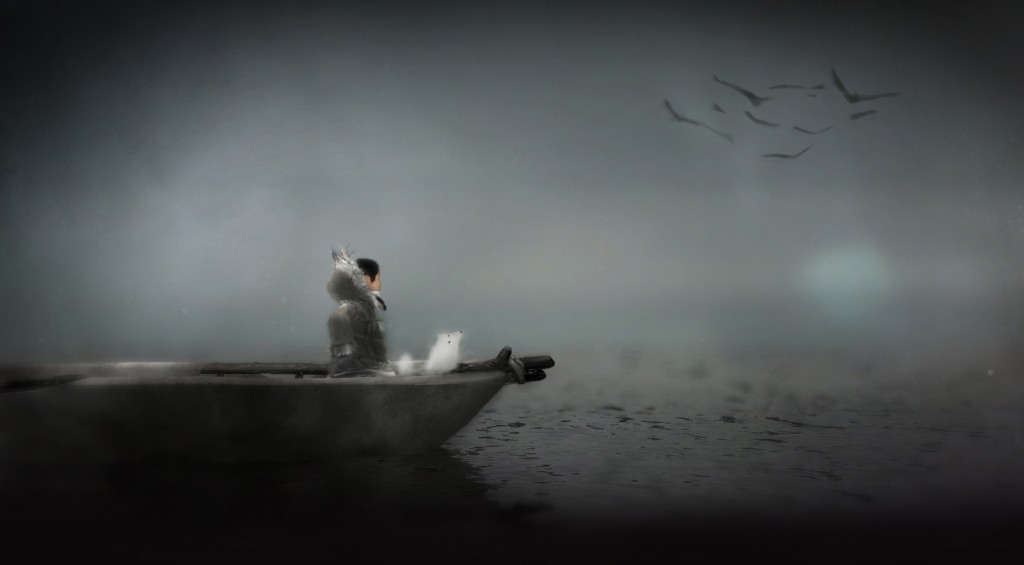
In addition to working directly with all the artists, I collaborate very closely with our creative director and the design, technical, and sound teams to insure we are all on the same page throughout the entire project.
Has working on Never Alone differed from projects you’ve worked on in the past?
Yes, It has been very different. Prior to E-line I worked at Zipper Interactive on games like SOCOM and other first and 3rd person shooters. It was a great company, much larger than E-line, with around 150 people employed at any given point. I learned a lot there about game production and met many talented people, but I never felt as excited and moved as I do currently, working on Never Alone.
Working with such a small and extremely talented team makes you feel that you are contributing to something special and very personal. This project gave me the amazing opportunity to explore Alaskan Native culture and meet a variety in very inspiring people, including Inutpiaq artists, teachers, storytellers,hunters, and 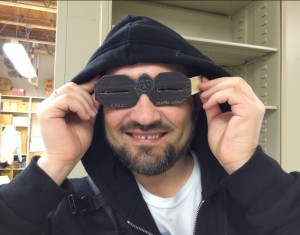 students. With each visit to Barrow, Alaska, we became increasingly inspired by the people we met, their stories, and ideas they gave us for the game. Some of the Inupiaq artists and storytellers even visited us in Seattle and helped us tremendously throughout development. In addition to buying many art books and going to to several galleries, our team had the awesome opportunity to explore the repository of the Anchorage Art museum. There, we were able to see authentic Alaskan Native art, tools, and clothes up close, take pictures, and even hold several pieces.
students. With each visit to Barrow, Alaska, we became increasingly inspired by the people we met, their stories, and ideas they gave us for the game. Some of the Inupiaq artists and storytellers even visited us in Seattle and helped us tremendously throughout development. In addition to buying many art books and going to to several galleries, our team had the awesome opportunity to explore the repository of the Anchorage Art museum. There, we were able to see authentic Alaskan Native art, tools, and clothes up close, take pictures, and even hold several pieces.
All of this is not normal practice for game development in general, which is why Never Alone has been one of the most interesting and creative projects I have ever contributed to.
What’s been the most challenging aspect of this project for you so far? What’s been the most rewarding?
For me one of the most challenging parts of this game was to come up with the original visual style and create artwork that effectively represents Inupiaq people, culture, and the beauty of the Arctic Tundra. It was difficult, naturally, because we felt a lot of pressure to accurately and honorably depict not just an imaginary culture, but real people with profound traditions.
a lot of pressure to accurately and honorably depict not just an imaginary culture, but real people with profound traditions.
The most rewarding moment happened to us a couple weeks ago when we met Alaskan Native school children during the 2014 Elders and Youth conference in Anchorage.
Watching these kids play our game and enjoy themselves was very exciting for us, but the best part, by far, was when one of them told us that playing it made him proud to be an Alaskan Native. In my opinion, seeing our game have that effect on someone is the most rewarding feeling I could ask for.
Any great stories you’d like to share with our readers?
We definitely had a number of funny moments throughout this project, especially when we were meeting with Alaska native elders, writers and artists. Inupiaq people, by nature, are full of life and have a good sense of humor.
One of these funny moments occurred when having a conversation with Ron Brower, an Alaskan Native artist, during one of his visits. When discussing mythology and animal meanings, I asked him how important arctic owls are to the Inupiat culture and through what means people pursue them.
He answered: “They are very important because they are delicious and we like to eat them”.
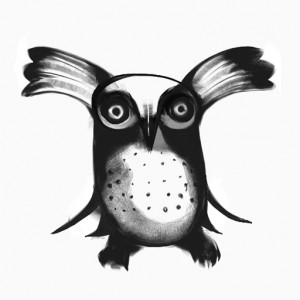

 Subscribe via RSS
Subscribe via RSS






